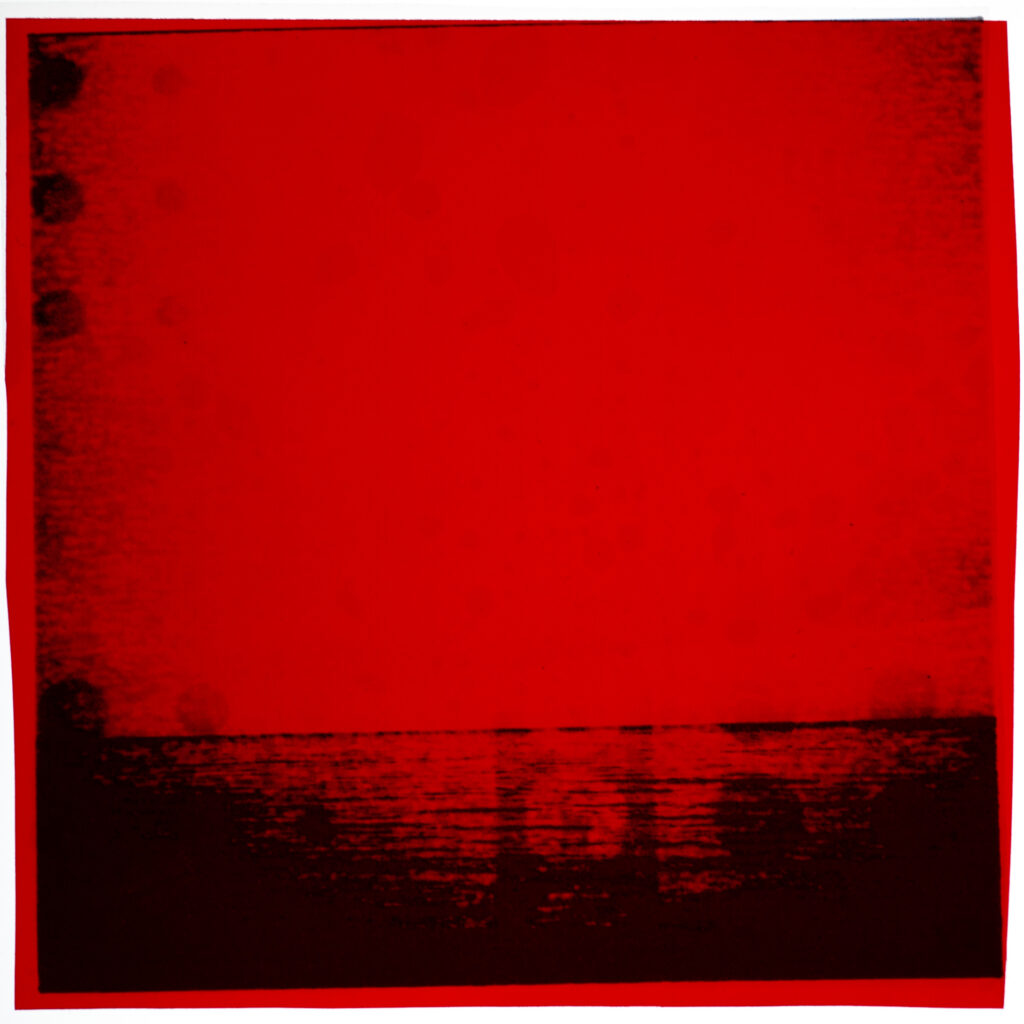
28 May, 2024
Expired Film – My Hows and Whys
I’m writing this because expired film generates a fair bit of internet interest and chatter. It’s also something with which I have reasonable experience and I’ve formed my own i...

28 May, 2024
Expired Film – My Hows and Whys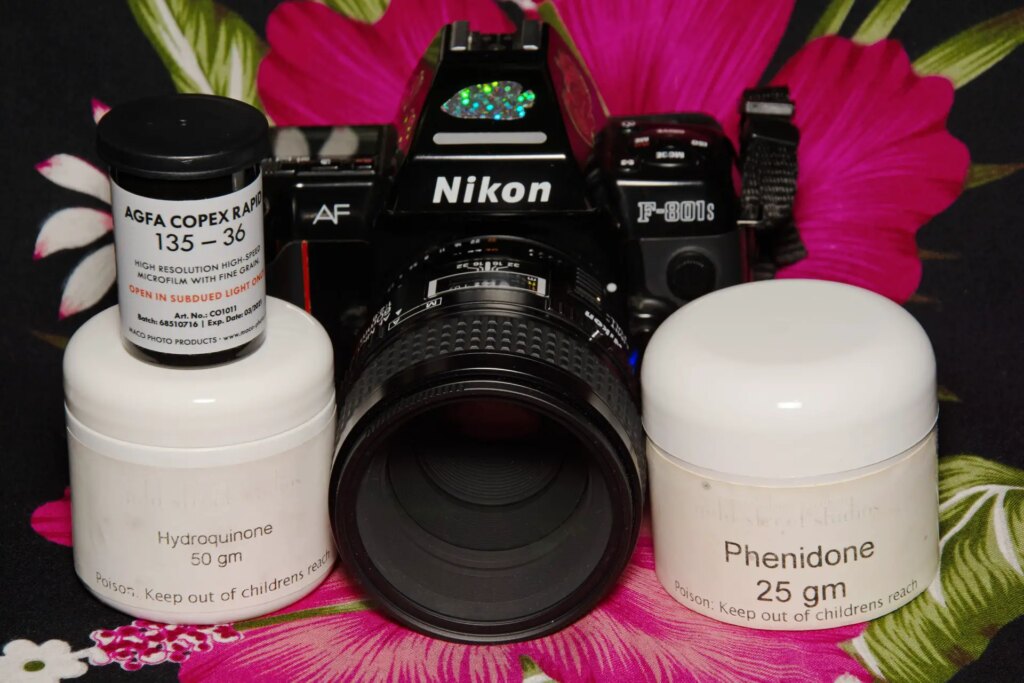
14 December, 2023
Agfa Copex Rapid developed in H&W Control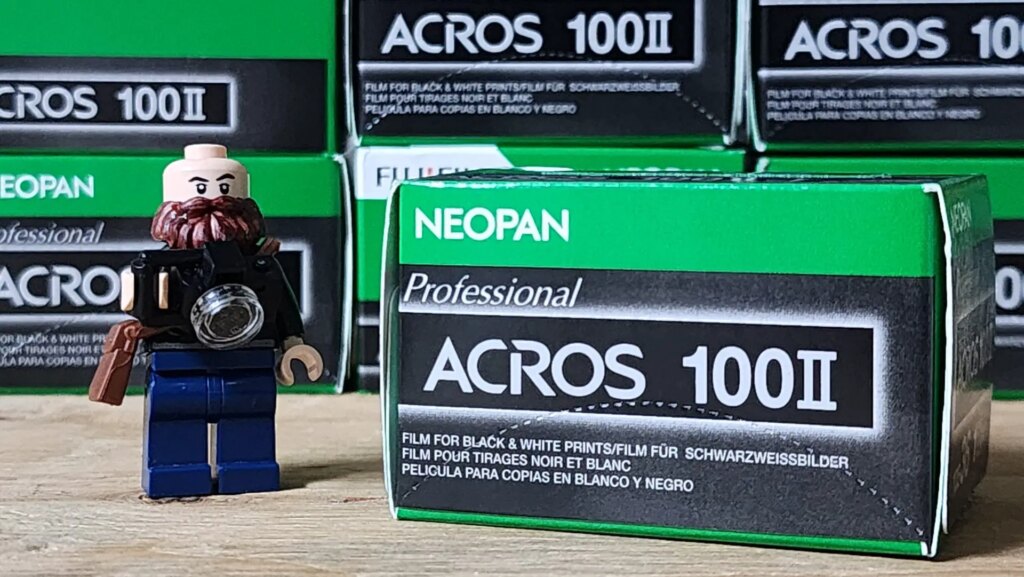
14 October, 2023
Your 2024 Film Challenge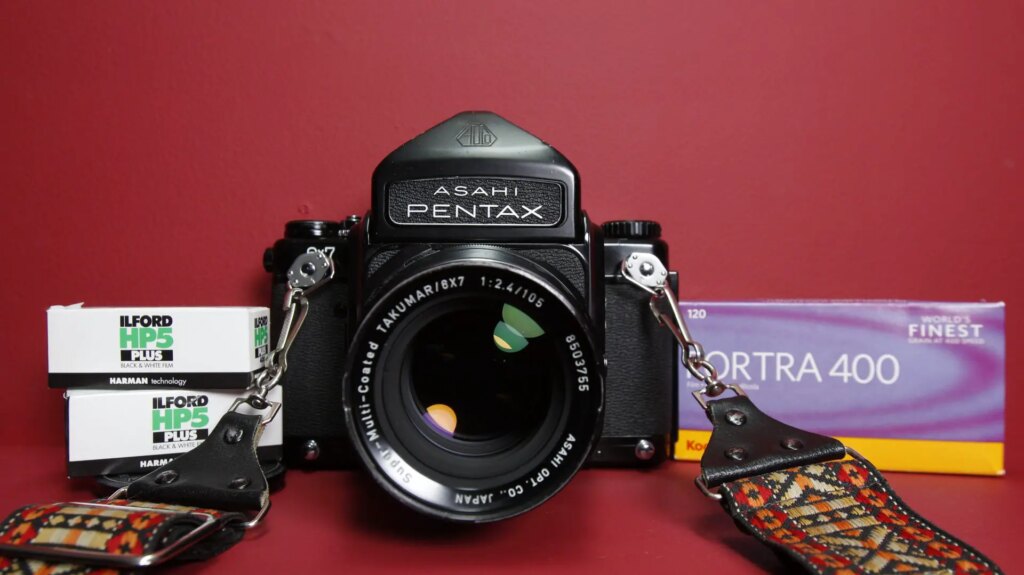
9 September, 2023
You VS FOMO – when to leave a film format behind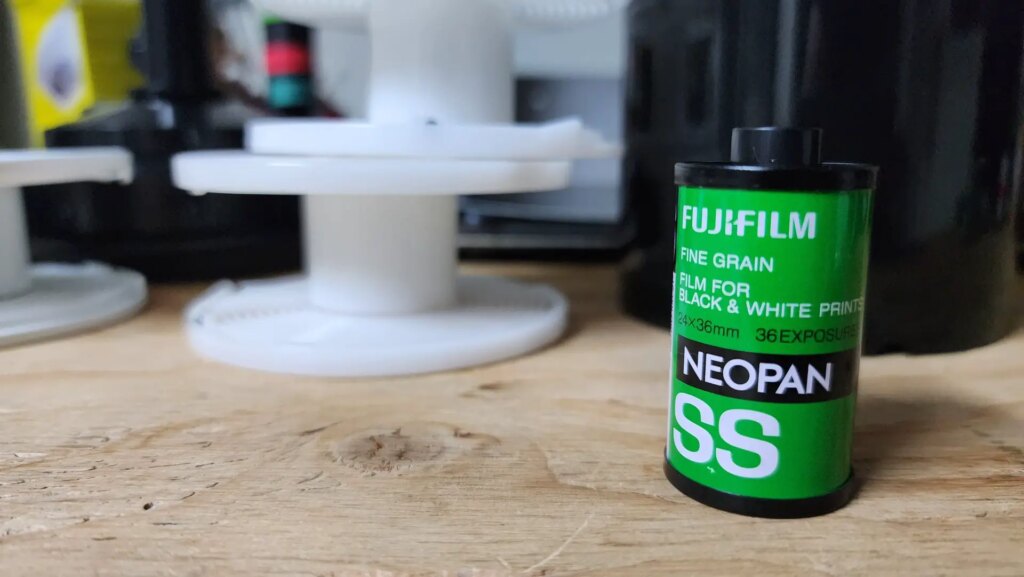
2 September, 2023
Fujifilm Neopan SS – My Last Rolls & When Not to Shoot Expired Film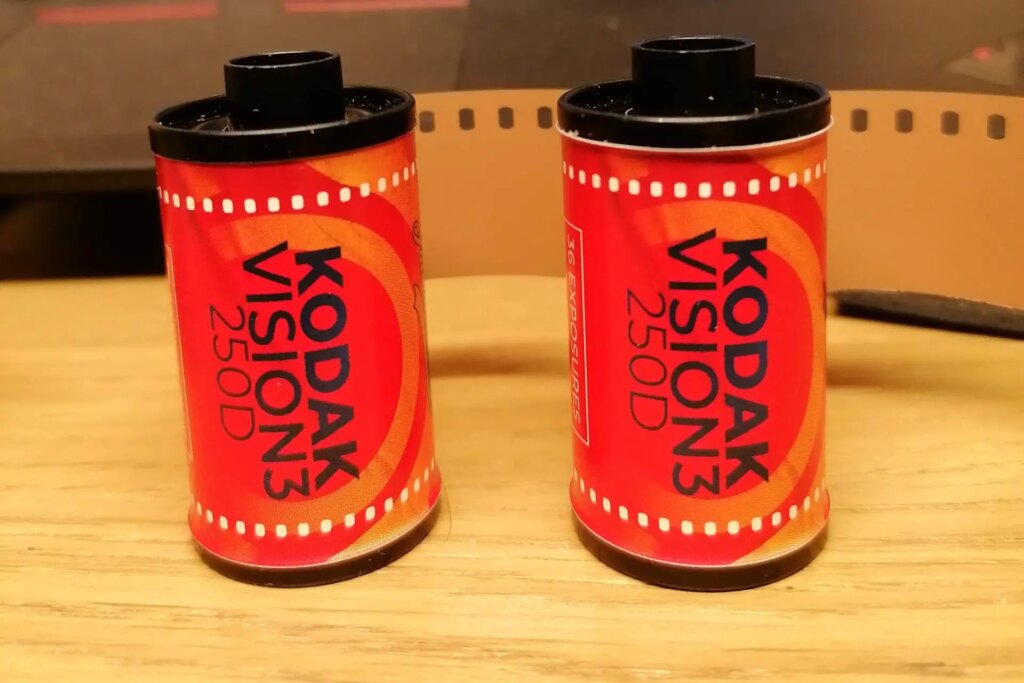
17 August, 2023
My First Time using Kodak Motion Picture Film – ENC-2 vs. C41.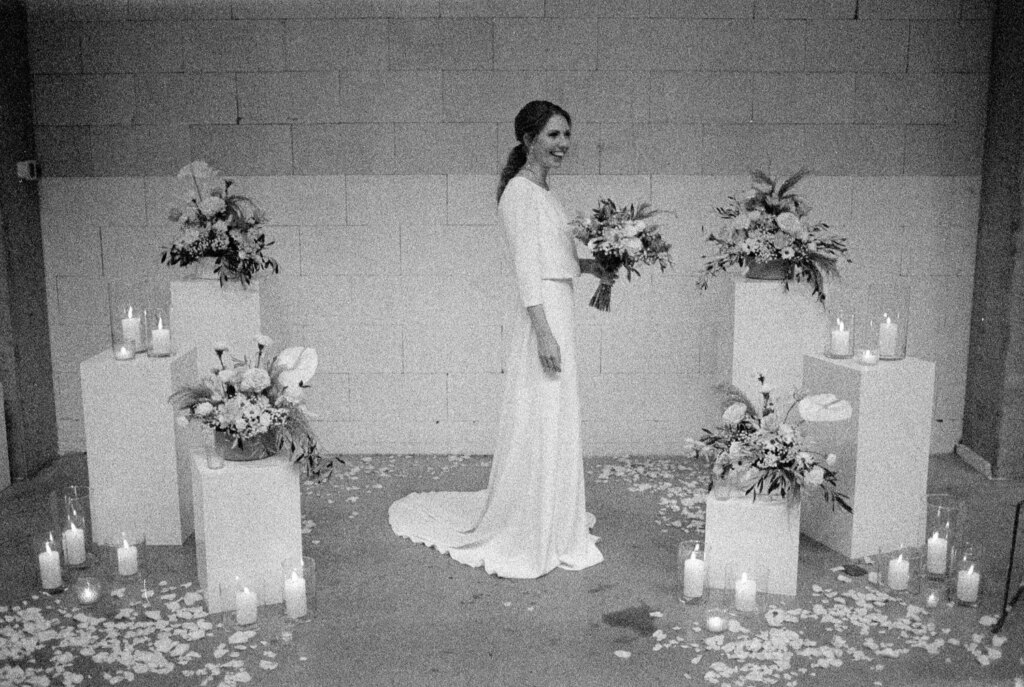
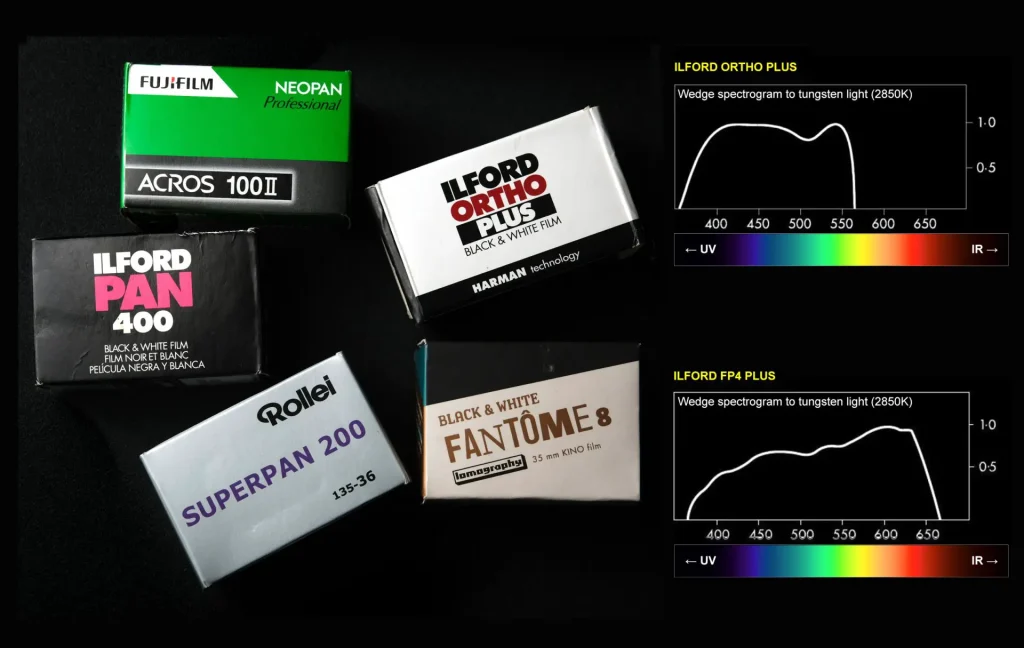
2 May, 2023
Spectral Sensitivity of B&W Film – A Deep Dive into Orthochromatic, Panchromatic and All the Rest